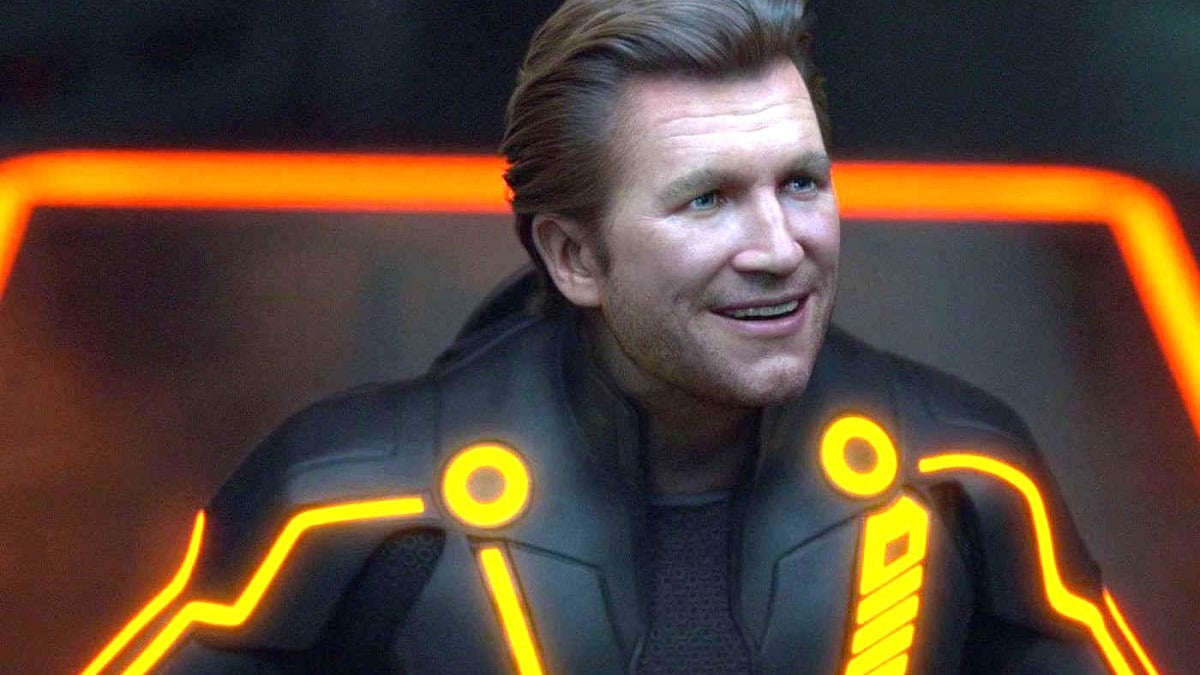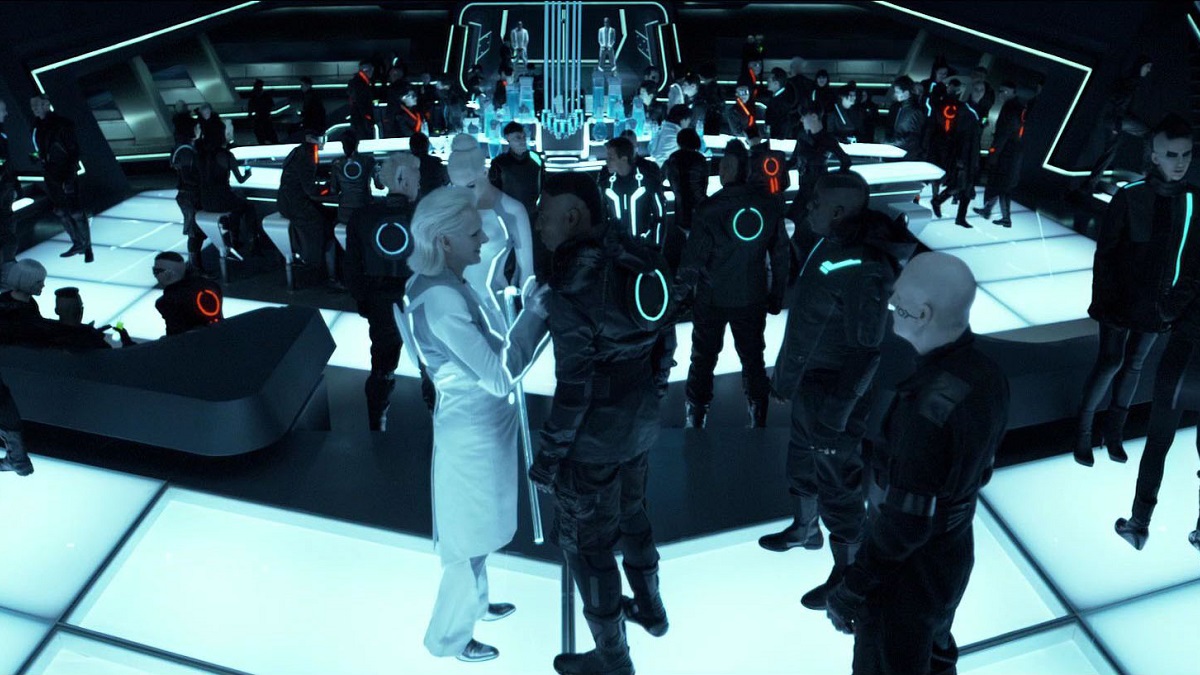De-aging technology has been one of the most inconsistent gimmicks in the industry since it first gained widespread popularity, and it was a technique that was fighting an uphill battle to be taken seriously from the second Tron: Legacy thundered into theaters.
In the buildup to the release of Joseph Kosinski’s legacy sequel, a huge amount of hype was drummed up by the promise of cutting-edge digital wizardry being used to restore Jeff Bridges to his 1982 vintage, only for the end result to prove eerily unsettling when it transpired that Clu had escaped straight from the uncanny valley and directly into our nightmares.

The dead-eyed antagonist was a damp squib to put it lightly, and proof that the technology was nowhere near where it needed to be in order to convince. Times have changed, though, with Indiana Jones and the Dial of Destiny recently winning widespread praise for what’s shaping up to be the best use of de-aging we’ve ever seen.
Even though Tron: Legacy‘s blankly expressionless recreation of Bridges wasn’t designed to be so unnerving, a theory put forward on Reddit has offered an explanation that makes complete and total sense, even if it wasn’t the intention of the creative team. It’s incredibly simple, too, with Clu’s unconvincing visage down to his existence as a computer-created person and not a real human, which waves away his poorly-pixelated mush as a byproduct of his origins.
As much as you’d want to believe that was precisely what the filmmakers were going for, the fact Tron: Legacy was heralded as the beginning of a brand new CGI revolution that it failed to deliver upon hints that it wasn’t the case.











Published: Mar 9, 2023 04:00 am